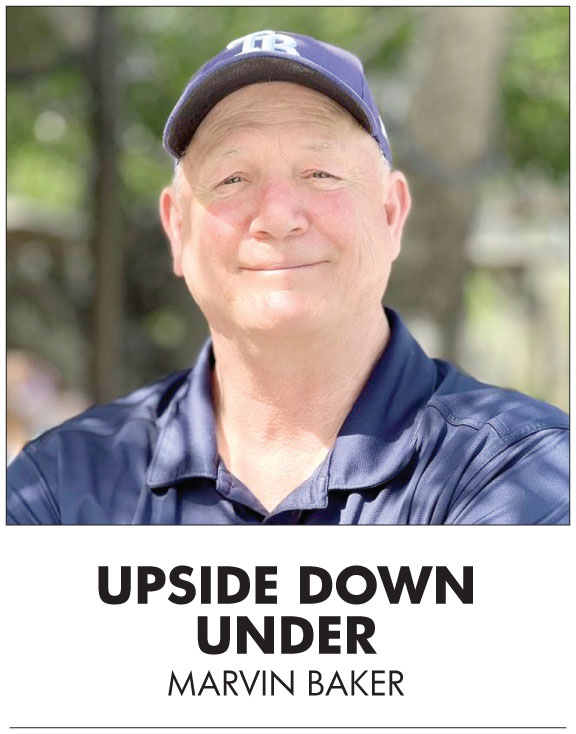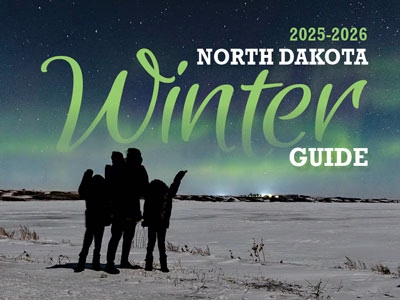In just about every community in North Dakota you’ll find a local cooperative called Farmers Union Oil Company that is part of the North Dakota Farmers Union and is affiliated with the Cenex brand.
The organization was established in 1927 around the principles of cooperation, legislation and education. It’s first convention was on Nov. 4, 1927 in Jamestown and with 13,000 farmers. NDFU had the largest membership at the time among 31 states in which Farmers Union was active.
But co-ops started long before that. Benjamin Franklin is credited with forming the first-ever co-op when he pooled people’s money together to form an insurance company.
When small-town North Dakota was springing up, numerous communities started independent co-ops that later became part of the North Dakota Farmers Union.
They included Valley United in Reynolds, 1899; Hoople Farmers Grain Co., 1906; Honeyford Co-op in Gilby, 1908; Edinburg Farmers Elevator Co., 1909; Mott Equity Exchange, 1910; Finley Farmers Grain & Elevator, 1911 and Farmers Union Oil Co., Hazelton, 1914.
These co-ops and others began essentially as buying clubs in which farmers saved money by pooling their orders to buy staples such as twine, hardware, fuel and coal. From this group effort, the understanding and experience in cooperative purchasing and marketing developed into the farmers union oil and elevator companies.
The co-op spirit rose up about the same time a political movement called the Non Partisan League started to ensure that farmers had a fair shake for their products, becoming stronger through its dividend program.
So by 1927, the NPL had come and gone, but the farmers union was quickly gaining in popularity. And by the late ‘20s, people outside North Dakota were taking notice.
One man, Charles Talbott, knew that cooperatives would need their own wholesale supply to provide oil companies with products they needed, such as gas and oil. So in 1931, he helped establish the Farmers Union Central Exchange in St. Paul, Minn., serving as its first president.
Farmers Union Central Exchange today is called Cenex Harvest States Inc.
During that same four-year period, from 1927 to 1931, hundreds of cooperative elevators were organized across North Dakota to market grain through the Farmers Union Grain Terminal Association (GTA), which later became Harvest States Cooperative and then merged with Cenex to become Cenex Harvest States Inc.
By 1940, the GTA terminal elevator in Minnesota, was the largest grain receiving organization in the world. North Dakota farmers contributed 53 percent of its entire volume. By 1943, GTA had 236 affiliated elevators in North Dakota.
North Dakota Farmers Union has also been involved in some major legislation that has assisted the state’s farmers.
As an example, the Farm Storage Act of 1929 was the first legislation sponsored by Farmers Union. The bill, sponsored by Usher Burdick, allowed farm granaries to be eligible as public warehouses.
In 1932, North Dakota Farmers Union won support for an initiated measure that prohibited corporations from owning farmland. It passed with 56 percent of the vote. At the time, corporations and government agencies owned nearly 20,000 farms, 25 percent of all farms in the state at the time. The new law required them to dispose of the property by 1941.
The same fight occurred in 1968 with anti-corporate farming forces winning an election 3-1. It was upheld again in 1979, but in 2015 NDFU referred legislation that would allow the state to have corporate dairy and hog operations.
Education has also been a hallmark of the North Dakota Farmers Union. It included publication of the Union Farmer newspaper, a Monday night radio program and by 1957, a 10-minute TV program called Focus on the News. Today, youth camps are a big part of NDFU’s education that teach leadership skills and co-op education to about 1,200 kids annually.













